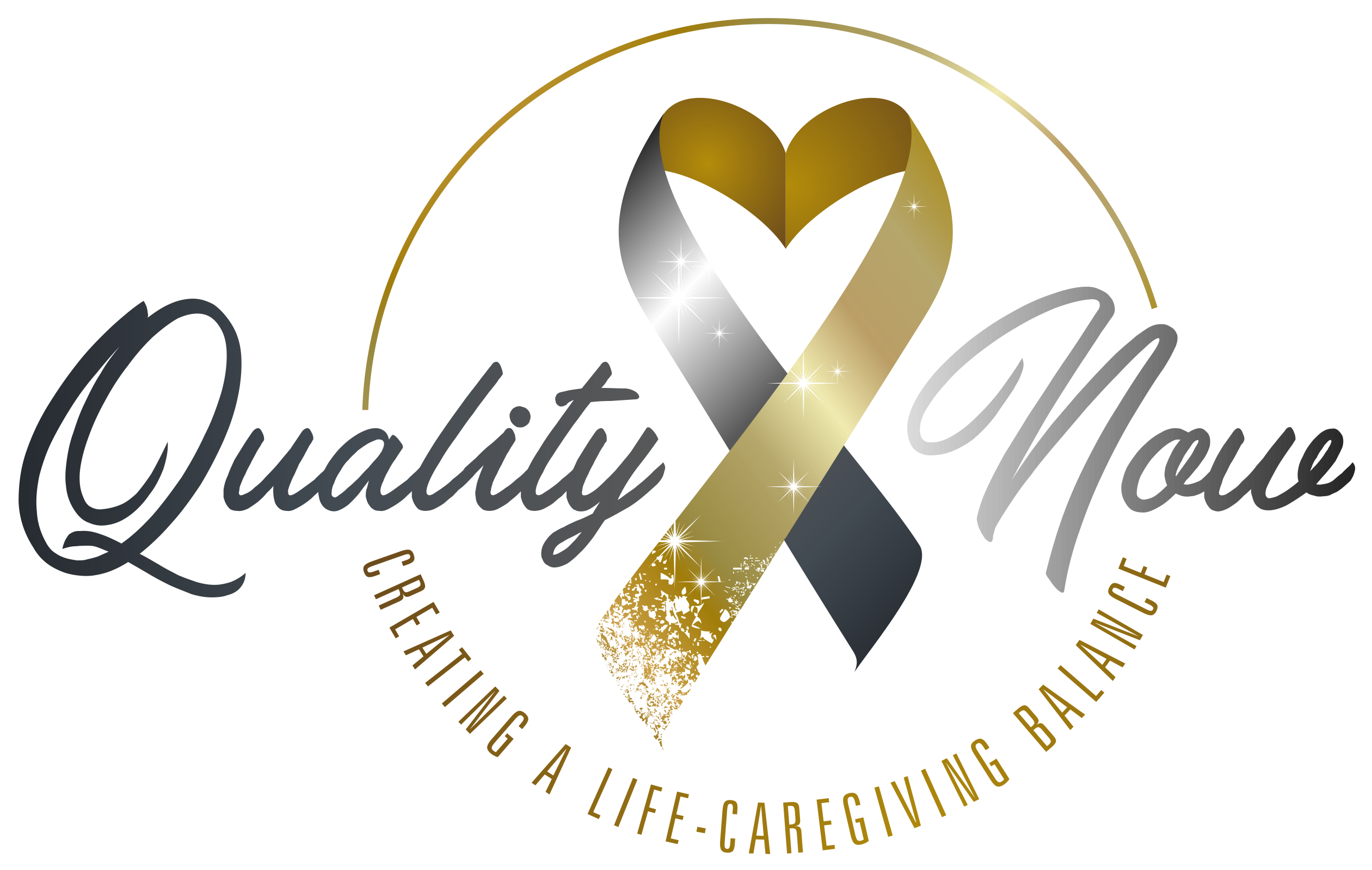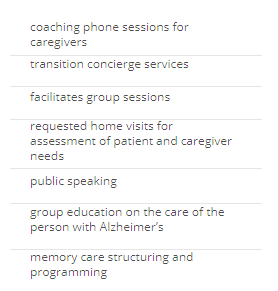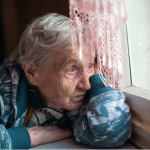When someone enters the profession of caring for others, there is an expectation of what that looks like. Whether it is a licensed nurse or certified nurse aide, the professional caregiver voluntarily enters into a challenging and difficult yet rewarding experience. Although plenty of men are professional and non-professional caregivers, 67% of the caregiver population are women. We begin by observing the care given by our mothers, we deliver care to our doll babies and we envision ourselves providing care to our own children. Caring for others can be considered innate. Until it involves a parent or a spouse.
CAREGIVING IN GENERAL, REGARDLESS OF LICENSED CAREGIVERS IN A PROFESSIONAL SETTING, OR WITH FAMILY CAREGIVERS, BURN – OUT IS A REAL AND COMMON SIDE EFFECT. MANY HEALTHCARE PROVIDERS OFFER OUTLETS FOR EMPLOYEE BURNOUT, BUT WHAT ABOUT THE INDEPENDENT CAREGIVERS AT HOME?
Although some cultures make plans to take care of the elderly, there are many where this is not the case. We do not often see ourselves in our 40’s or 50’s caring for our parents, or 70’s or 80’s taking care of our spouses. We typically envision ourselves as approaching empty nesting and being able to do what we want when we want. Although we are not naïve people, the THOUGHT of caregiving for a loved one does not scratch the surface of what is truly involved in THE REALITIESof caregiving.
Research has clearly shown that the intensity of caregiving, whether it is measured by the type or the quantity of assistance provided, may be associated with negative health effects that include;
- insomnia,
- extreme fatigue
- hopelessness
- anxiety
- physical symptoms and declining overall health.
- not wanting to the things once enjoyed
- social withdrawal
- depression
- guilt
- anger
- low self-esteem or self-worth
- fear
- resentment
- A more extreme condition that can manifest is Caregiver syndrome or caregiver stress.
As soon as you begin to recognize the symptoms of burn-out or caregiver syndrome, it is important to arrange time to yourself. Although easier said than done, this is a personal emergency and you want to handle it as one. Until you can secure a plan, take moments when your loved one is quiet or asleep. Do not focus on the house cleaning that needs to be done or the errands you need to run. These moments are for you to regroup and set the goals you want, in order to make your life better as a caregiver.
First on your goal agenda is to plan time for yourself every day, you have to getaway! Explore options such as:
- speaking with your church about volunteers that may come and stay with your person for a couple of hours a day.
- Asking family to help, even if it’s for short periods of time.
- Talk to your friends about how you are feeling, it’s amazing how sometimes your true friends want to help you. Let them!
- Take as many stolen moments that you can during downtimes with your patient. Even if this is 10-15 min. Rest, sit and do nothing, walk in the yard or whatever you enjoy.
- Meditate! even if this is not a normal activity for you, buy a set of headphones and listen to meditative music at night before bed, or when your patient is sleeping.
- Eat right! And drink a lot of fluids during the day. This helps keep you nutritionally balanced, alert, energized and well hydrated.
- During your time to yourself, take a walk, even if it is a short walk. Put this in your daily scheduled activity.
- Make a list of your typical day with your patient. Writing this down can give you perspective on grouping activities, or even reveal that you may be spending too much time on a task. You may recognize that certain caregiver task is being done at the patient’s worst times of the day, adjust your time frames for caregiving





